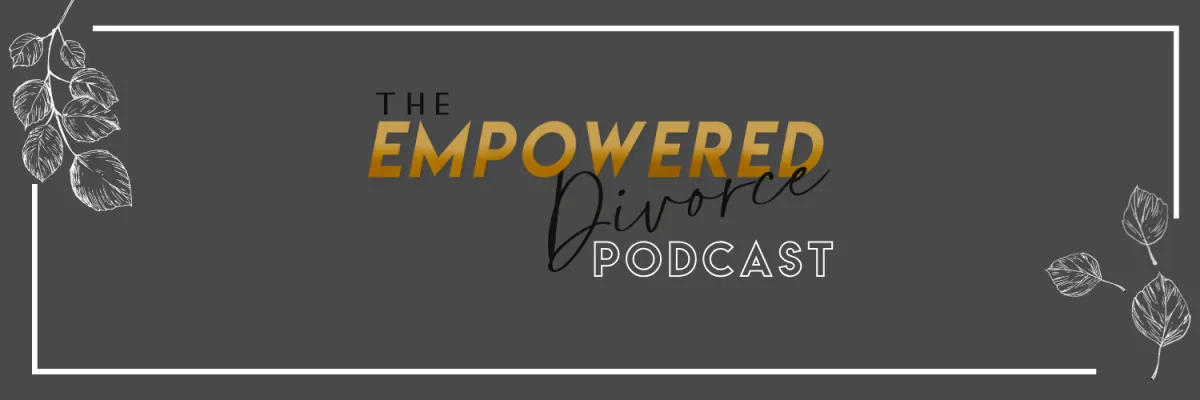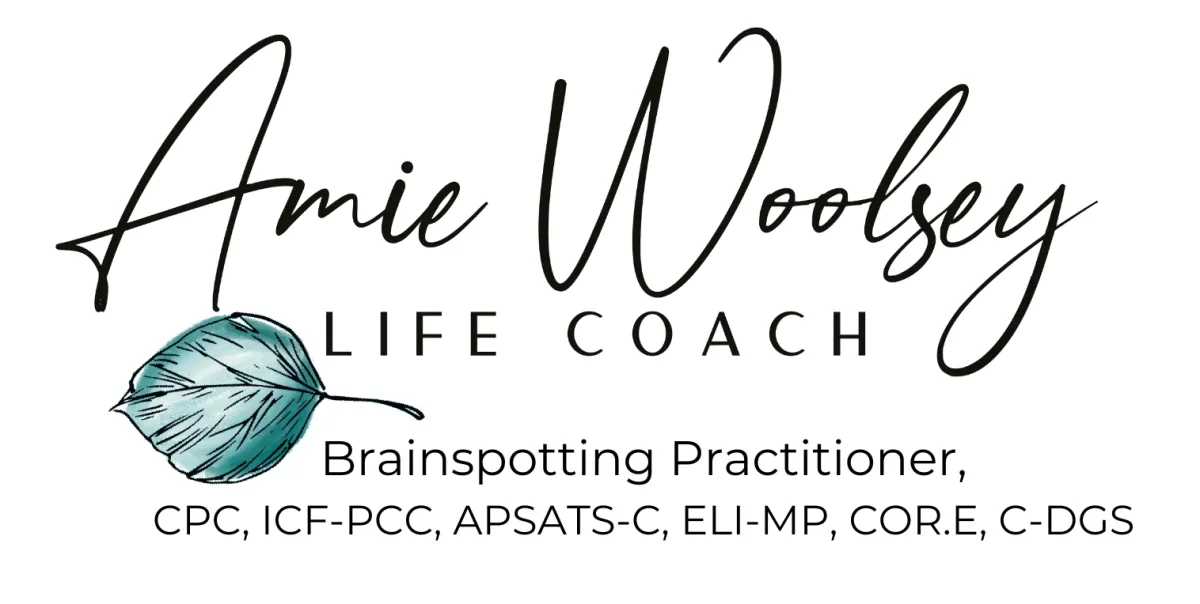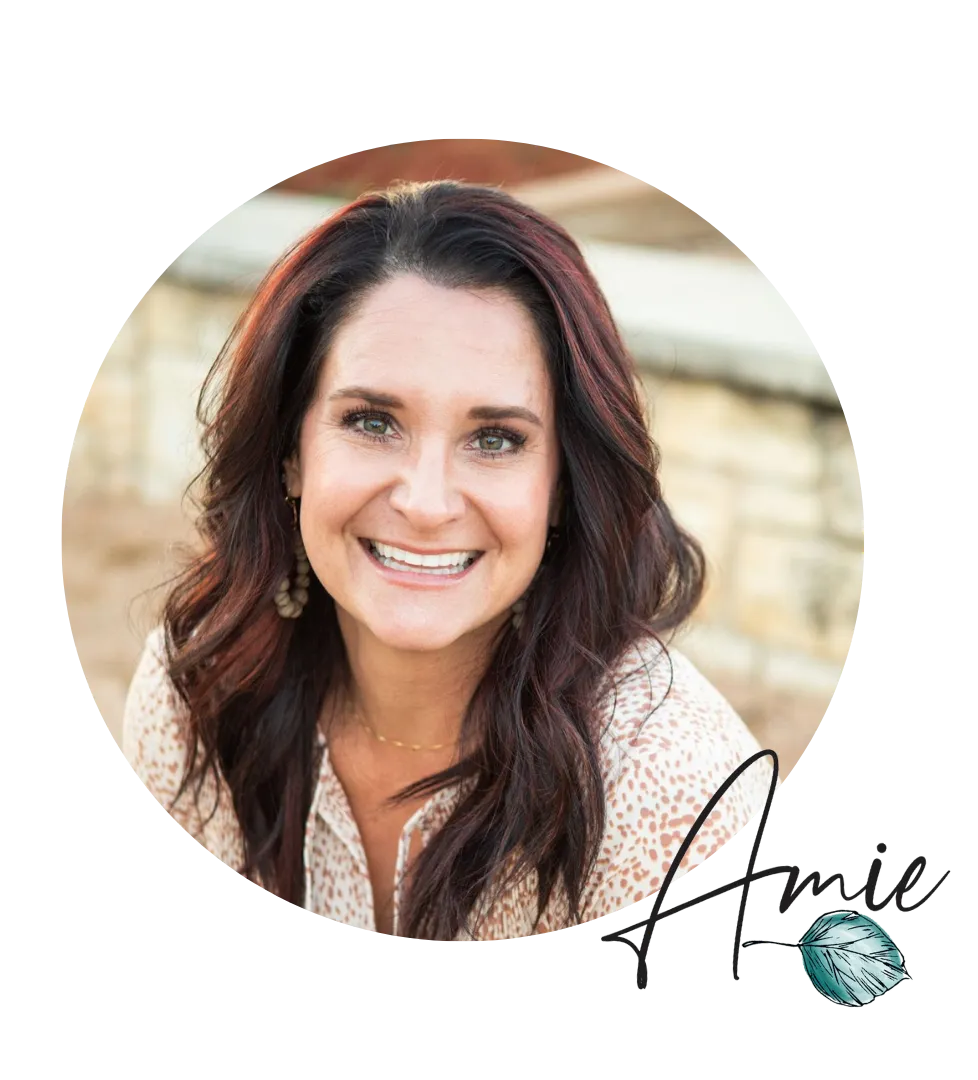
The Strength You Can't See: Healing Your Nervous System After Betrayal
In this episode, I'm inviting you into the yoga studio with me - kind of. I recently did an isometric yoga workout, and whoa, it became the perfect metaphor for healing after betrayal.
You'll hear why real nervous system healing doesn't mean you're calm all the time, and how building emotional and somatic strength is often quiet, shaky, and invisible - but life-changing.
Read Full Transcript
Hello, hello, my amazing, beautiful listeners—how are you? Thank you for joining me today. Thank you for being here, for taking the time to listen. And thank you to those who have been commenting and sharing, especially during the Summer Song Series.
So many of you have emailed your favorite songs, and it’s been such a joy to see what’s resonating with you. If you’re listening on Spotify, there’s even a way to leave a comment right under the episode link—scroll down and you’ll see it. Several of you have said you love seeing other people’s songs and are even creating your own playlists. And don’t forget, I’ve put together a healing playlist with all of those Summer Song Series tracks—you’ll find it in the show notes if you want one already created for you.
It’s been so much fun to share this with you, and I’m so grateful for the feedback, the comments, and the shares. Every little bit helps this free resource spread to those who need it most. That’s why I do this—so more and more people can find the support they need during such a challenging time.
This week’s episode idea actually came to me while I was working out. My regular gym was closed, so I thought I’d take a quick yoga ISO class. I told myself, “This will be easy.” But about halfway through, my body remembered what ISO really was.
ISO stands for isometrics—creating muscle tension without actually moving the joints. Imagine pressing your palms together in front of your chest: you’re not lifting, you’re not lowering—you’re just pressing. Hard. Your muscles start to burn, your arms shake, and you just hold it. It’s a static hold, but your body is working in a completely different way.
In the middle of class, the instructor said something that stopped me in my tracks: “Lean into the opposition.” She encouraged us to imagine someone pushing against our arm and to lean into that resistance. And immediately, I thought: this is exactly like healing.
Leaning Into the Opposition
Life, especially after betrayal and trauma, often feels like resistance—like your whole system wants to get out of the discomfort. Our brains are wired to escape the fire, not lean into it. But real healing often requires the opposite: learning to stay with it.
Isometric workouts don’t look like much from the outside. You’re not running, lifting, or cycling. You’re holding postures, activating muscles that don’t always show on the surface. The strength is deep inside.
And that’s how nervous system healing works after betrayal. It’s quiet. It’s internal. It doesn’t always look impressive from the outside. But it builds a kind of strength that is absolutely transformational.
What Nervous System Healing Really Means
After betrayal or relational abuse, your nervous system often doesn’t feel safe in your own body. It gets wired to survive what wasn’t safe—scanning for the next lie, the next outburst, the next silent treatment. Sometimes it stays stuck “on,” always bracing for the bomb to drop. Other times it shuts down completely, leaving you feeling numb or detached.
This isn’t weakness. This is your body’s brilliance—its attempt to protect you.
But here’s where a common myth gets in the way. You may have heard that once you’re healed, you won’t be triggered anymore—that you’ll always feel calm and grounded. That’s not true, and it’s not how your nervous system was designed.
A healthy nervous system isn’t one that never gets activated. It’s one that knows how to return. Healing means your body starts to trust you again. It means that when you notice activation, you don’t stay stuck there. You know how to come back.
What Regulation Really Looks Like
Clients often ask, “But what does regulation even look like? I’ve never known it.” And that makes sense—if you lived in survival for so long, you may not recognize peace when it comes.
For me, triggers used to show up in very specific ways. A delayed text message. A cold shoulder. The sound of footsteps. My system would freeze, bracing for the fallout. That wasn’t living—that was surviving.
Over time, with healing, I learned to start small. To create micro-experiences of safety. To let my guard down just a little. To remind my body: you are safe now.
Regulation doesn’t mean being calm 24/7. It means you notice when you’re not, and you know how to come back. It means you start to feel safe with yourself before anyone else.
Why Building Capacity Matters
Think of it like building muscles. If you only ever did intense weightlifting, you’d injure yourself. If you only ever lay on the mat and did nothing, you’d weaken. Real strength comes from capacity—the ability to flex between effort and rest.
Your nervous system is the same. It’s not meant to live in one state. It’s meant to move, adapt, and recover. Healing builds that flexibility. Without it, even small stressors can feel like a 9-1-1 emergency. With it, you develop resilience.
That’s why your healing work sometimes feels shaky, sweaty, and uncomfortable. It’s isometric strength training for your nervous system. It’s your system learning, I can hold this. I can survive this. I can come back.
Examples of Isometric Healing
Setting a boundary and feeling like you want to throw up afterward.
Not replying right away to a guilt-laced text, even though your body is screaming to fix it.
Speaking your truth, voice trembling, but still speaking it.
Choosing to walk away from an argument instead of staying stuck in the cycle.
Allowing someone else to be upset without rushing to soothe them.
That shaky, sweaty, uncomfortable space? That’s isometric healing. That’s you building capacity.
Rest and Resourcing
And just like any workout, healing requires rest. Rest isn’t a luxury—it’s medicine. Sleep, walks, breathwork, journaling, laughter, crying with a trusted friend—these replenish your nervous system so it can keep growing.
Bringing It Together
A healthy nervous system isn’t one that never gets dysregulated. It’s one that learns it’s safe to come home again.
That’s what healing is: choosing not to abandon yourself when it gets hard. Each time you stay, breathe, and return to yourself, you’re not just surviving—you’re rewiring.
You’re building a strength betrayal can never take from you.
✨ You are the creator of your life, and you get to choose the life you want—because you can.







Facebook
Instagram
Youtube